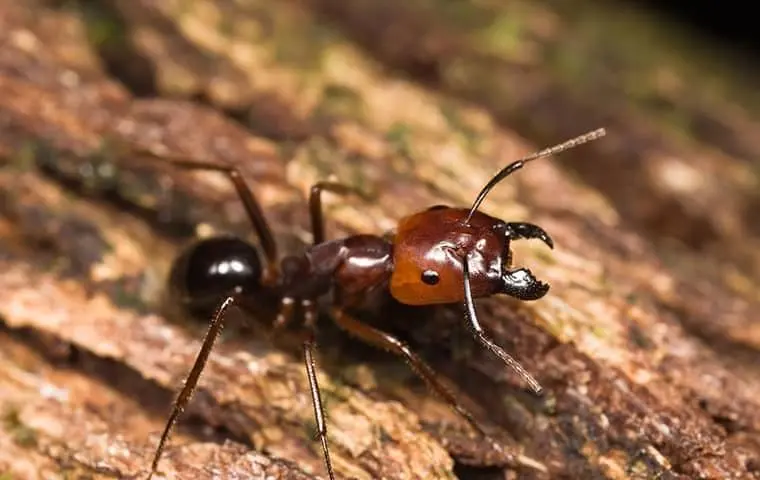Big-headed ants, introduced to Kenya’s Ol Pejeta Conservancy, have significantly altered local wildlife through a chain reaction.
University of Wyoming research shows these Mauritius-origin ants displace native acacia ants. These acacia ants guard whistling-thorn trees from elephant overgrazing.
With acacia ants gone, unopposed elephants overgraze acacia trees. This diminishes tree cover. Such a reduction affects local lions.
They use trees for hunting zebra camouflage. With fewer trees, lions struggle to hunt zebras. Consequently, they target African buffalo, a tougher prey.
This situation exemplifies ecosystem complexities and the vast effects of invasive species. Despite their size, big-headed ants alter landscape and predator-prey dynamics.
Interestingly, lion numbers stay steady, indicating their adaptability.

Yet, this stirs concerns about invasive species’ long-term ecosystem impacts, especially on predator-prey balances.
Kenya’s savannah events remind us of ecosystems’ fragile equilibrium and the risks of introducing foreign species.
They underscore the importance of ongoing research. Understanding these dynamics is crucial.
It helps devise invasive species management and biodiversity preservation strategies.
The big-headed ants in Kenya show how slight environmental changes can have major effects. This emphasizes the necessity of protecting our ecosystems.
Other examples
The introduction of European rabbits in Australia led to rapid overgrazing and vegetation loss, causing soil erosion and endangering native species.
Efforts to manage their population include releasing the myxoma virus.
Initially seen as beneficial, zebra mussels from Russia have caused algal blooms, harmed native species, and damaged North American waterway infrastructure.
Cane toads were introduced in Australia to control pests but became invasive themselves, spreading widely and disrupting ecosystems by poisoning native predators.
Examples like Kenya’s big-headed ants illustrate the significant effects of invasive species, emphasizing the need for environmental care and biodiversity preservation.

